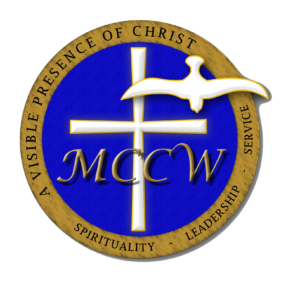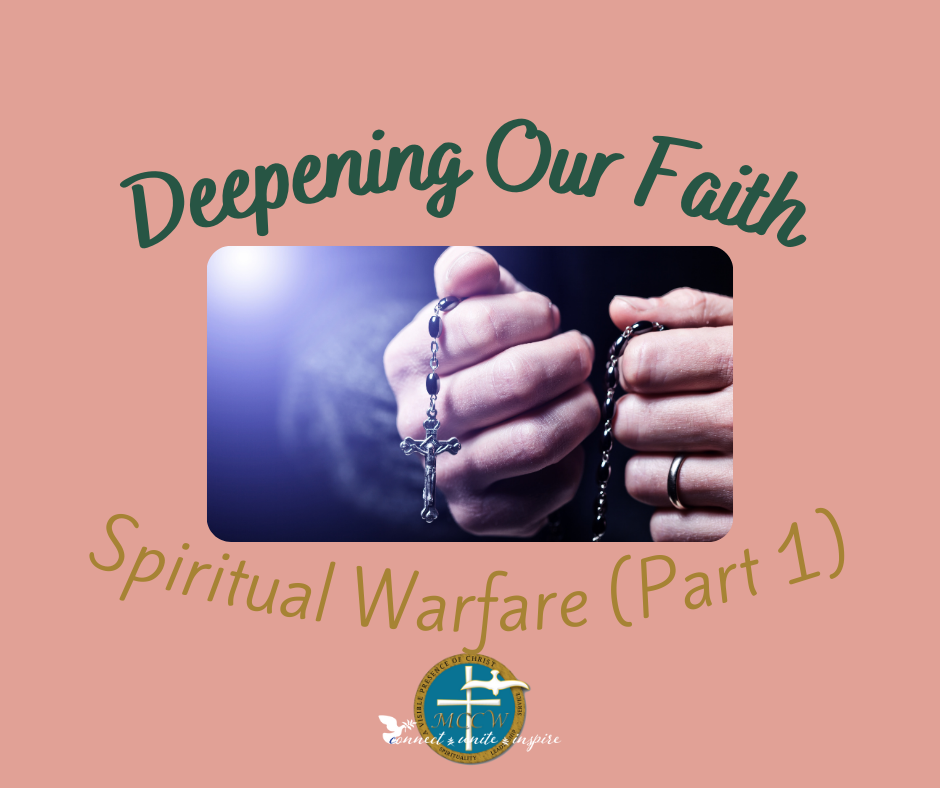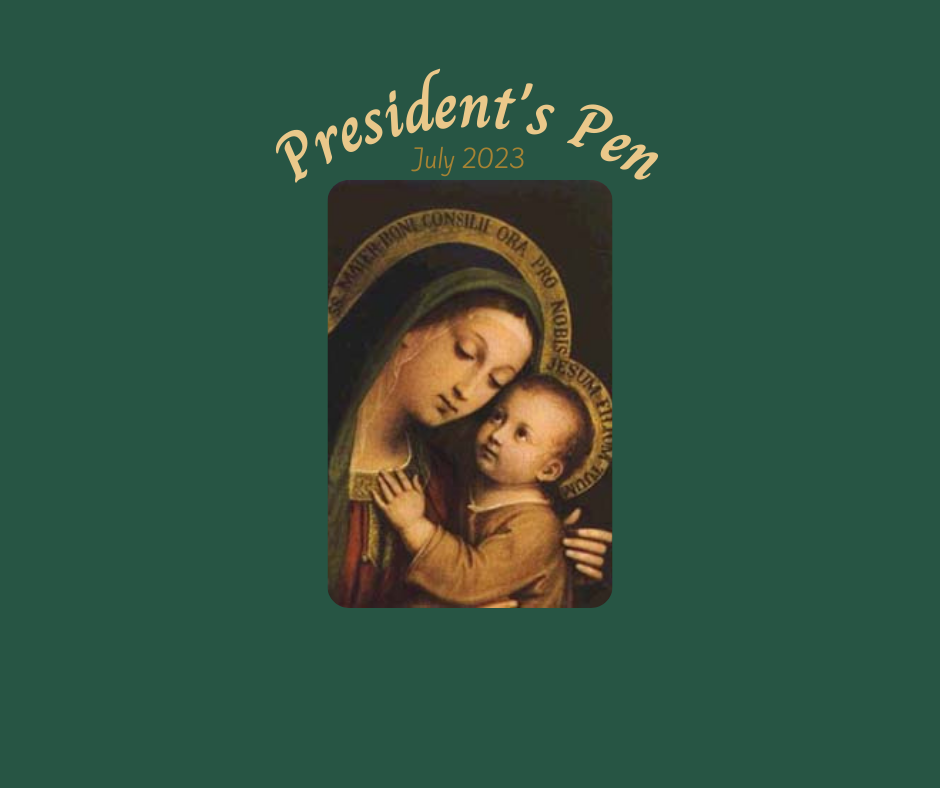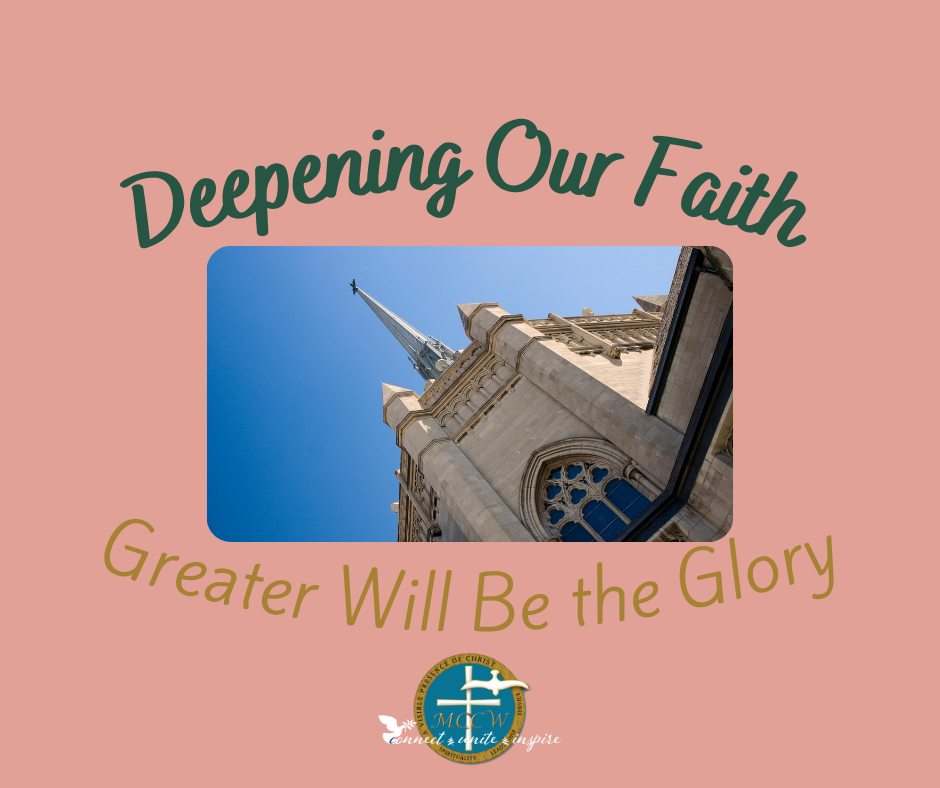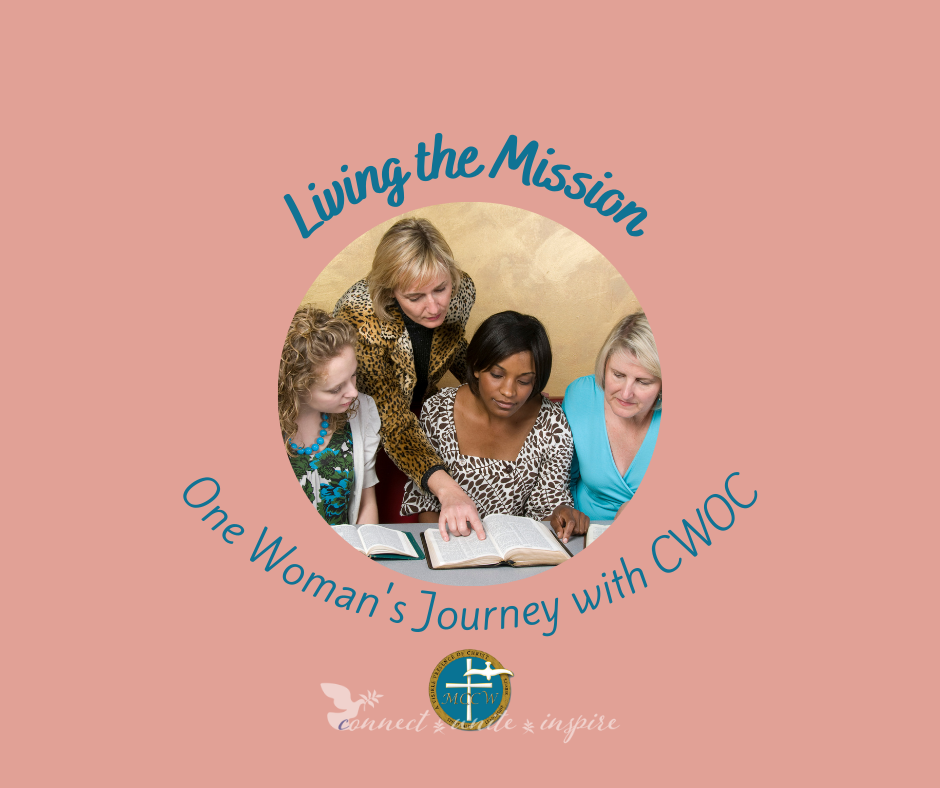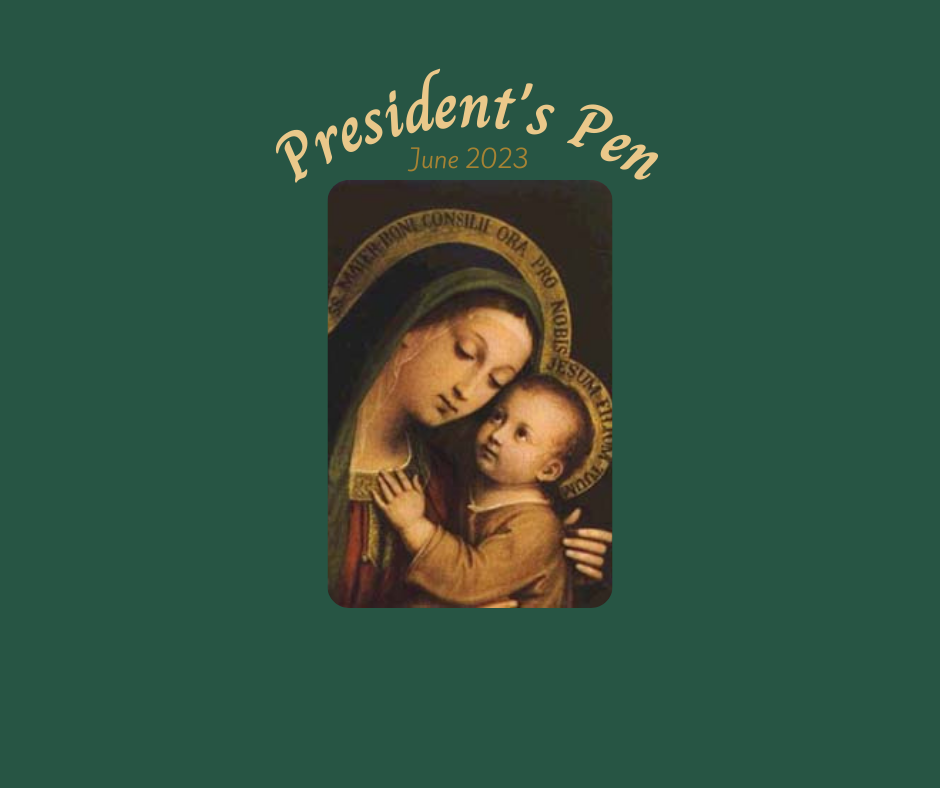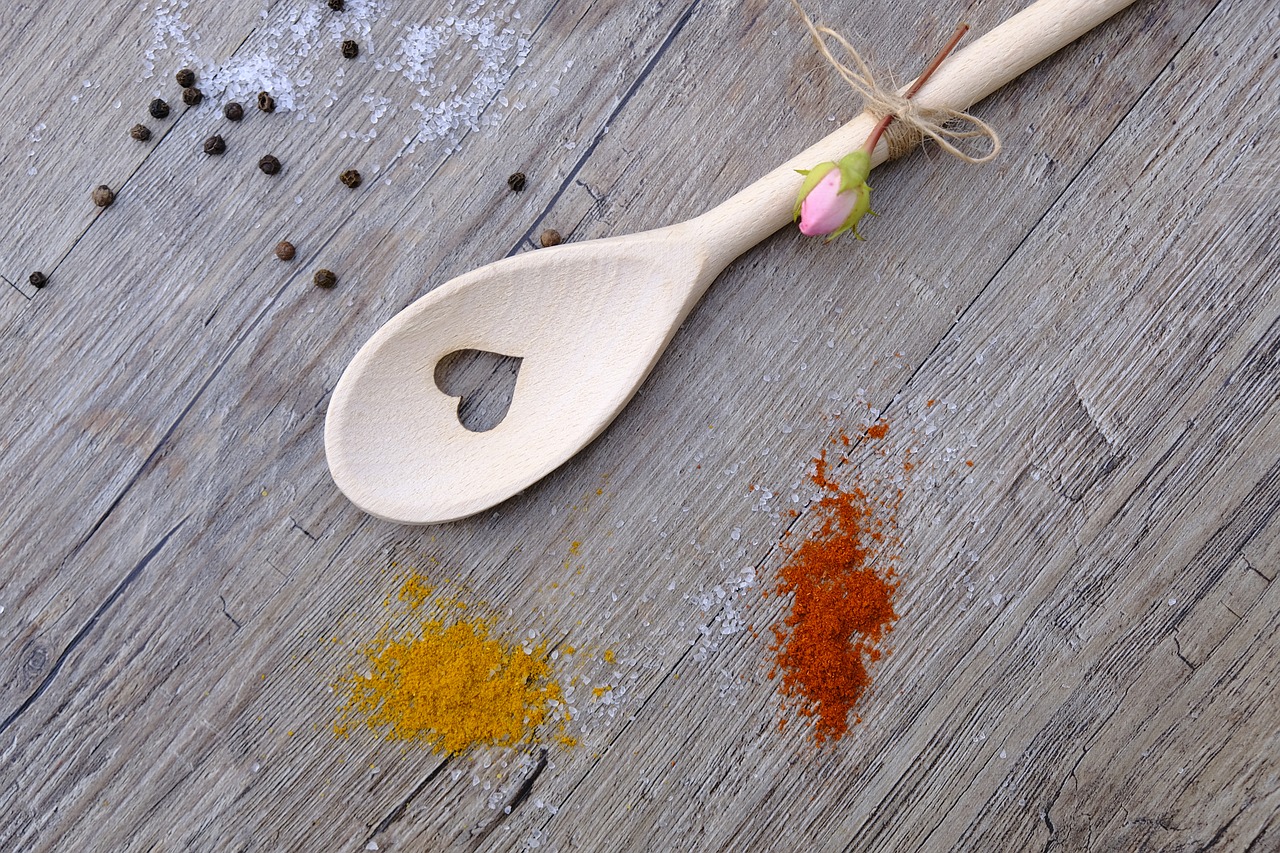
Living Your Fiat in the Kitchen
By: Aly Tugaoen, Director of Forum
“It is hard to find a more constant backdrop to home life than food.” Whether we realize it or not, food is one of the many aspects of life that bond us together. As a child, we had a Sunday tradition in my family. After Mass, we would all go to my grandmother’s house. The adults would gather in the dining and living rooms, while the cousins gathered in the back room (because that’s where the TV was located.)
My grandmother was the master chef at Sunday brunch. Sunday after Sunday, we would gather, eat and inevitably, the kids would all make our way to the living room to visit with the adults before everyone returned home.
As a military spouse, I have a deeper appreciation for the rooted traditions that my family chose to live each week. I thought after having children it would be easy for me to employ these same traditions. I was clearly delusional.
Don’t get me wrong, there are some things I chose to keep, like the weekly calls to the grandparents and great-grandparents in lieu of Sunday dinner, since we were stationed 1200 miles away. Yet, there also were a number of times I found something that I thought would be perfect for our family and would boldly proclaim, “this is going to be our new tradition,” only to forget about it the following year.
One of the beautiful things about our Catholic Women of the Chapel (CWOC) groups, when we are able to meet in person, is the plethora of dining choices we bring to each meeting. Lots of quiches for the morning meetings not to be outdone by the casseroles that appear for an evening study. Food is, without question, one of the ways we express our love for each other and our faith. There are plenty of foods, dishes, recipes, and drinks associated with Catholicism. With Advent quickly approaching, I thought I would highlight a couple of recipes that would assist you in your FIAT to faith and family, no matter where your kitchen happens to be.
November 17 — Feast of St. Elizabeth of Hungary
Raised a princess and subject to an arranged marriage, Elizabeth was generous with the poor in her community, giving them bread to eat. One day, while on her way to feed the poor, her husband, who was always supportive of her generosity, asked what she had in her apron. She replied that she was carrying roses. When her husband asked to see them, she opened her apron to find roses instead of the bread she originally left with. This is one of the reasons she is often pictured with an apron full of roses (instead of bread).
St. Elizabeth’s Bread
Ingredients:
- 5 cups all purpose flour, sifted
- 2 packages rapid-rise yeast
- ¼ cup sugar
- ¼ cup honey
- ¼ cup butter
- 2 tablespoons cinnamon
- 1 tablespoon nutmeg
- ⅔ cup milk
- 2 eggs beaten
- 2 tablespoons butter, melted for glaze
Directions:
- Grease 9 x 13 inch cake pan. Mix flour, yeast, and sugar in a large mixing bowl. Heat honey, butter, cinnamon, nutmeg, and milk until warm, about 40 seconds. Combine with flour mixture. Add eggs and knead on a floured board until smooth, adding more flour or milk if needed.
- Rub a bowl with butter and place dough inside covered with a damp cloth. Leave in a warm place for 20-30 minutes. Knead again and divide into 4-inch balls.
- To create a rose-shaped bread roll, roll a ball into three (3) ropes, reserving a small amount. Braid the strands and attach the ends to form a circle. Roll the reserved amount into a ball and place in the middle of the circle.
- Place the shaped rolls into the cake pan and let them sit in a warm place for 20 minutes. Bake at 350 degrees, 35-45 minutes, until golden brown, Just before the end of baking, glaze rolls with melted butter, then return to the oven for a few minutes.
November 30 — Feast of St. Andrew
Known as Andrew the Apostle and brother to Simon-Peter, Andrew was with his brother when Jesus invited them to become fishers of men. The gospels do not elaborate much on him but we do know that he was martyred by crucifixion on a cross form known as “crux decussata,” which is an X-shaped cross. Today this is commonly referred to as “St. Andrew’s Cross.” It is believed Andrew requested to be crucified this way because he deemed himself unworthy to be crucified on the same type of cross as Jesus.
As the patron saint of Scotland, here is a recipe for
Scottish Lamb with Onion and Potatoes.
Ingredients:
- 3-4 lbs shoulder of lamb, trimmed of excess fat
- 1 tablespoon olive or vegetable oil
- 4 medium onions, sliced
- 4 cloves of garlic, crushed
- 2 sprigs fresh rosemary, chopped
- 4 lbs potatoes, peeled and thinly sliced
- 1 quart lamb or chicken stock
Directions:
- Preheat the oven to 475°F. Season the lamb with freshly ground pepper and roast in a medium roasting tray in the preheated oven for 15 minutes. Lower the heat to 350°F. Remove the lamb from the tray and pour off the excess fat.
- While the lamb is roasting, heat the oil in a pan, add the onions, cover, and cook for 5 minutes till soft. Remove the cover from the pan, add the garlic and rosemary and cook for a further 5 minutes. Remove the onions from the pan.
- Place a layer of potatoes into the roasting tray and lightly season with black pepper. Lay 1/3 of the cooked onions onto the potatoes, repeat this process until you have three or four layers of potatoes and onions.
- Bring the lamb/chicken stock to the boil and pour over the potatoes, press down with a spoon till the potatoes are all submerged.
- Place the lamb on top and return to the preheated oven and continue to cook for 3 hours.
- The lamb should be meltingly tender and the potatoes and onions should have absorbed the stock and lamb juices.
- Serve with Scottish seasonal vegetables of your choice – most types of cabbage, kale, broccoli, cauliflower, and carrots are in season in November
December 12 — Our Lady of Guadalupe
The Virgin of Guadalupe was declared Queen of Mexico and is Patron of the Americas. She appeared to Juan Diego, who was an Aztec convert to Christianity, on December 9 and again on December 12, 1531. During her first apparition, she requested that a shrine to her be built on the spot where she appeared, Tepeyac Hill (now in a suburb of Mexico City). The bishop, however, demanded a sign before he would approve the construction of a church. Mary then appeared a second time to Juan Diego and ordered him to collect roses. In a second audience with the bishop, Juan Diego opened his cloak, letting dozens of roses fall to the floor and revealing the image of Mary imprinted on the inside of the cloak. The bishop accepted this and approved the request. In total, Mary appeared five times.
Mexican Wedding Cookies
Ingredients:
- 1 cup butter, softened
- 8 tablespoons of powdered sugar
- 2 cups flour
- 1 cup chopped walnuts*
- 1/2 teaspoon vanilla
- 1 tablespoon milk
- Bag of powdered sugar (to roll cookies in after baked)
Directions:
- Preheat the oven to 350 degrees.
- Spray sheets with non-stick spray.
- Mix all the ingredients together with a mixer.
- Roll the dough into walnut-sized balls and place on cookie sheets.
- Bake 10-12 min, Cool then shake in a plastic bag of powdered sugar.
*Nuts are optional
Recent Posts
As members of a military faith community, we are all [...]
For Reflection: Luke 24:36-49 “Peace be with you” – as [...]
It seems as though chapel women’s groups transition leadership every [...]
Greater will be the glory of this house the latter [...]
My name is Christine Simpson and I’m the President of [...]
